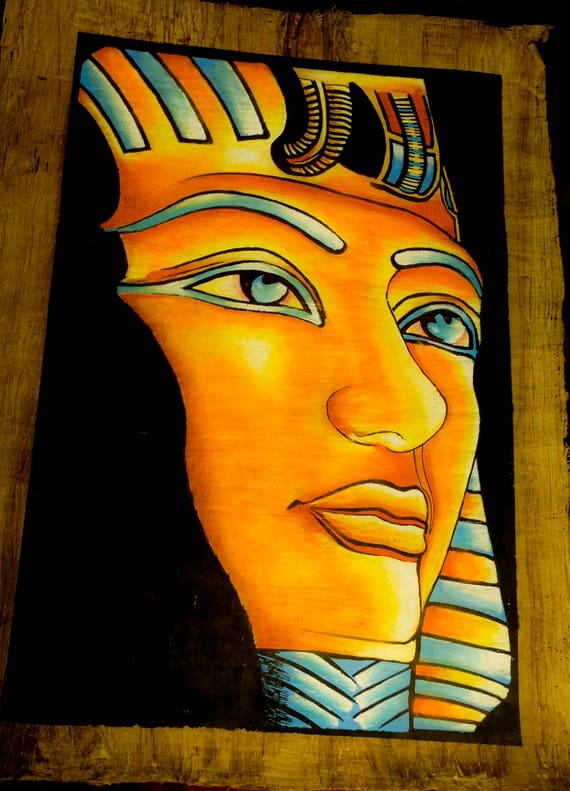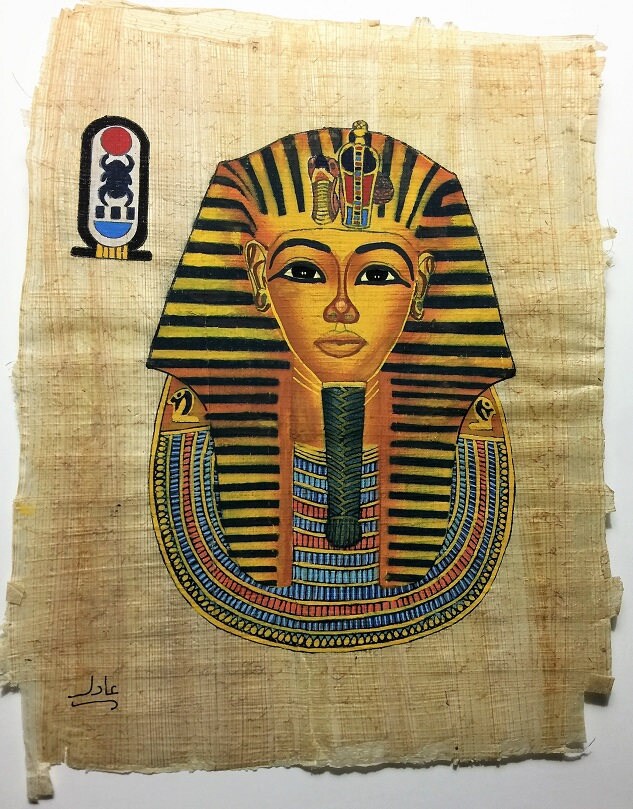

In later centuries, artists and makers broke away from the prevalent Old Kingdom style, gradually developing their own distinctive regional styles that reflected the tastes and preferences of their home provinces.Īrt from the Egyptian New Kingdom Is the Most Famous Queen Nefertiti statue Some key examples of the classic Old Kingdom style can be seen in the world renowned Pyramids of Giza, as well as the iconic Great Sphynx.

Instead, they reflected the specific taste of the Egyptian capital at Memphis. In practice, this meant Egyptians designed temples, constructions and sculptures in ordered, symmetrical designs, or designed to sit in matching, identical pairs.Įgyptian Art Only Documented the Lives of the Elite Weighing of the Heart (Anubis Details), 19th Dynasty Egypt, via The British Museum, LondonĮarly Egyptian Art Had a Uniform Style The great sphinx of Gizaĭuring the Old Egyptian Kingdom of 2613 to 2181 BCE, the styles of art and design were largely uniform, showing little stylistic variation or individuality. Egyptians also believed that the gods had designed the real world as a mirror-image of their own, and as such a dual balance was at the center of the universe. Moreover, the Egyptians saw the world in terms of dualities: male/female, dark/light, day/night, echoing the concept of mirroring. The concept of ma’at (harmony) was central in Egyptian civilization, and they achieved this quality through the art of symmetry. Order, symmetry and balance were fundamental concepts in Egyptian art. They Placed Great Value on Symmetry A digital reconstruction of Saqqara from the game Assassin’s Creed, Ubisoft While art did not play an aesthetic role, it still had special significance for the Egyptians, representing gods, spirits, and a deep connection with the afterlife. Egyptians made tomb paintings, in particular, only for a private few, rather than an audience. Meanwhile paintings that adorned tomb walls either illustrated scenes from a person’s life as an act of remembrance, or simulated the kind of life the deceased person inside hoped to live in the afterlife. For example, they believed statues contained the spirit of a god, while intricate charms and amulets were designed to ward off evil spirits. This was because art was purely practical, much like a craft object, rather than as an aesthetic object. 1410–1370 BCE, via the Metropolitan Museum of ArtĮgyptian craftspeople were always anonymous. Egyptian Craftsmen Were Anonymous Scene showing the ancient Egyptian wine-making, reproduction of the tomb painting from North Side of the West Wall of Nakht’s Offering Chapel, original from ca.


 0 kommentar(er)
0 kommentar(er)
